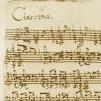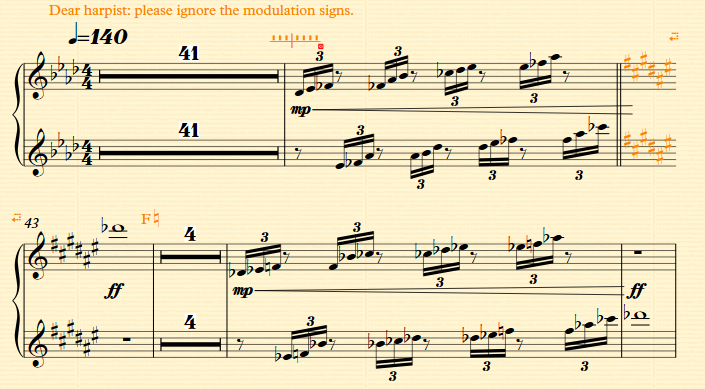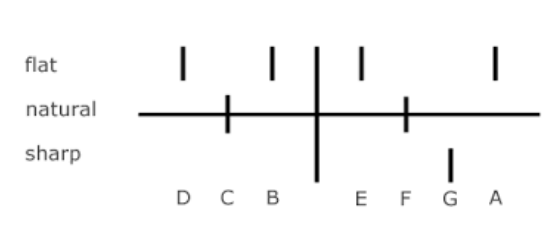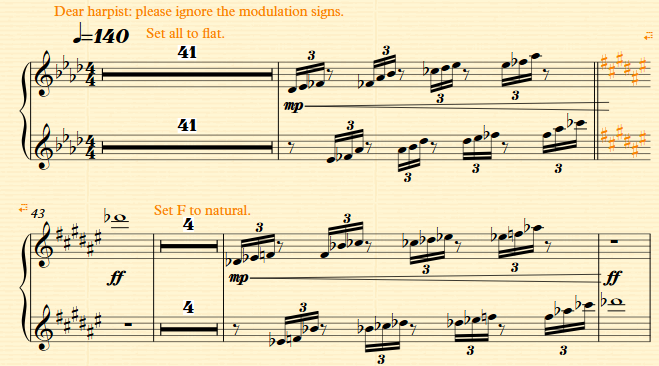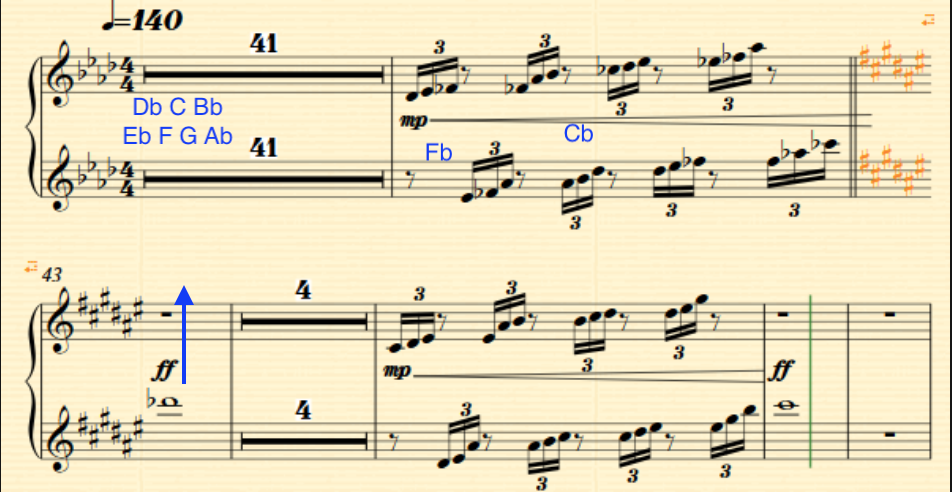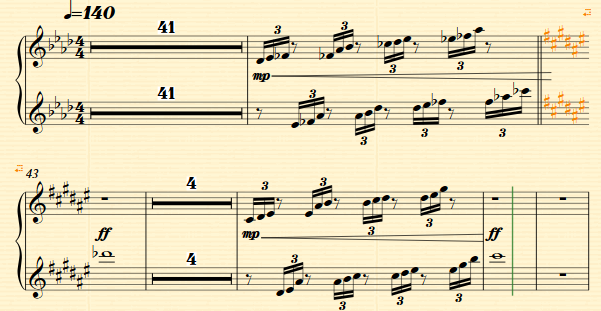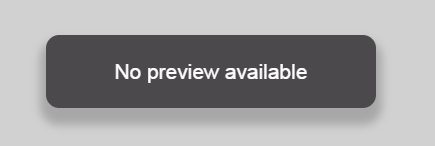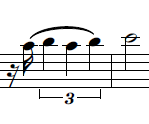Overview
About This Club
- What's new in this club
-
AlexL joined the club
-
Vitor Demantova joined the club
-
Fiddeou joined the club
-
latebeethoven_addict joined the club
-
piajo joined the club
-
jasoney joined the club
-
Samuel_vangogh joined the club
-
Claudio Camacho joined the club
-
moteconhuesillo joined the club
-
Domenzio joined the club
-
JWNewton joined the club
-
ercgrat joined the club
-
Malcolm joined the club
-
JuilliardOrganist joined the club
-
Midi Orch joined the club
-
Yanpeng Zhang joined the club
-
Arcturus Grey joined the club
-
Ezekiel_Holden joined the club
-
ulikemike joined the club
-
Bělásek joined the club
-
slon joined the club
-
Gwendolyn Przyjazna joined the club
-

Should I Lift This Passage an Octave?
Musical admin replied to Rabbival507's topic in Play this Passage's HOW IT WORKS
-
Musical admin joined the club
-
Carol Nethen West joined the club
-
Leonardo C. Núñez joined the club
-
SwiggitySwewgity joined the club
-
Ben Salwey joined the club
-
Arthur-Marie Brillouin joined the club
-
alexmacomposer joined the club
-
Atlantis_ joined the club
-
caters joined the club
-
Carmen Hunter joined the club
-
Artemy joined the club
-
Hi I'm a pianist . I'm taking a look at it right now and if I didn't have the audio recording, I'd be wondering what the X's on measure two are supposed to be. Also unless you want the right and left hand to play different dynamics, one dynamic marking is enough (Same goes for crescendo/desc). Your articulation on the piano parts seem to look good, but if possible could you space out the music a bit more. Especially with areas that have chords, that makes it a hell of a pain to sight-read. On the bar just before A, I would recommend putting the A-flat on ledger lines below the treble because as I was sight reading it, I tried that interval on my left hand and it didn't work. This doesn't have to be changed because people do that often anyways, but it would make it easier to read. However, the same cannot be said for the first bar of section A. Basically, neither hand can get it for me. The only way to achieve it would be a gliss. but that would ruin the accented sfz's. Either scratch the A-natural, or the high C. The first chord on 16 is barely reachable for me. B just doesn't work because the E-flat is only reachable with the right hand for a measure until we reach the octaves on measure 20 and everything else after that. You should probably scratch it in my opinion.. Also, I just realized but on the bar before, might want to move the FF into the middle of the stave if possible because it takes away from the placement of the lower octave line. Also the rhythms for bar 23, and many of the bars on pg.3 are written weirdly . Might wanna use tied eighth notes when necessary so that the pianist can keep the beat in their head easier. I kinda started skimming now so yeah. You should either right L.H. under the second chord on bar 42, or scratch that low B-flat. The C# on bar 42 in the right hand is a tough interval to reach. You can calm down with the Pedals, Pianos, and Pianissimo's on page 6. Unless you have very specific intentions for pedals markings, most players know when to pedal for piano just based on style and experience. When you do use the pedal markings, just one below the base stave is sufficient (For future reference, unless you use the middle pedal which some grands have, you can't pedal one section and not another). Lastly, the last 3 chords for the right hand are not happening. The interval is too large for myself, and it's probably too large for a lot of players. Anyways, I skimmed after page 3 so I didn't catch everything but the part sounds cool. After it's been refined, I'm sure the accompanists you give this to will have fun. (Also I'm kinda a high school student so sorry I can't offer any real super professional advice, just what I can see if I was playing it.)
- 3 replies
-
- piano
- accompaniment
-
(and 1 more)
Tagged with:
-
EthanGutierrez joined the club
-
Abbygrace1 joined the club
-
arielrbibo joined the club
-
altoblockflote3 joined the club
-
Alex Rybak joined the club
-
Hello, I am a flute player and I would love to help. I can't view the PDF for some reason.
-
Avery joined the club
-
Quincy Tilles joined the club
-
WilfD joined the club
-
Rodrigo Ruiz joined the club
-
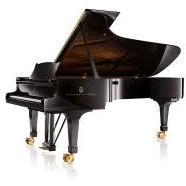
Should I Lift This Passage an Octave?
aMusicComposer replied to Rabbival507's topic in Play this Passage's HOW IT WORKS
The flute has quite a large tone difference between registers (not as much as, say, the clarinet though). If you took the whole thing up an octave, it would not necessarily be louder but it would become more excited. Also, the last high B is difficult to play up the octave, especially jumping from a D. It would sound nice both ways, but it really depends on the musical effect you want. Good luck with your piece. -

Should I Lift This Passage an Octave?
Luis Hernández replied to Rabbival507's topic in Play this Passage's HOW IT WORKS
I think so.. the G in m. 225. It's in a middle low range. The higher in the flute the player has to play more "forte". The sound is more penetrant bue clearer. I think that if your high B is a exception to the general part for the flut, I would leave it as it is. -
Should I Lift This Passage an Octave?
Rabbival507 replied to Rabbival507's topic in Play this Passage's HOW IT WORKS
Thanks for the quick answer. Until 224 it's just the flute and then the piano and cello join in. Are you sure it would sound rich? Even that long G note? -

Should I Lift This Passage an Octave?
Luis Hernández replied to Rabbival507's topic in Play this Passage's HOW IT WORKS
What is the background in that moment? In that register the flute would sound rich. Taking it all an octave up will make it sound louder. I don't think higher notes can be played if not "forte", but they're possible. -
Should I Lift This Passage an Octave?
Rabbival507 posted a topic in Play this Passage's HOW IT WORKS
It's for flute, I might change the tempo into a faster one in the future. I fear it would sound dull that way, but if I lift it an octave it asks for a super high Bb. I've been thinking of that all day and I don't know what to do. Please help. -
How about now?
-

Looking for Flute player
aMusicComposer replied to brown1824's topic in Play this Passage's HOW IT WORKS
Hello, I am a flute player and I would love to do this for you. Unfortunately, I cannot view your PDF for some reason. Can you re-upload it and see if that works? -
Hello all, I am looking for a flute player to play this passage. It is a cadenza section in a piece I'm writing. I would love to have a recording of what it sounds like with no dynamic or tempo contrast with the quarter note set to about 80bpm and then another recording giving more dynamic and tempo contrast. Ideally I would love as many recordings as possible showing different versions with dynamic and tempo contrast because I'm a low brass guy and I do not have much experience with flute. Cheers, Jacob
-
brown1824 joined the club
-
Jacob Hall joined the club
-
shamirtheviolinist joined the club
-
@Luis Hernández Oh wow you're right. Now I even confused myself. But I can't give the harp another key signature. I'll just remove that "dear harpist" thing. He can understand what to do from the other marks. If I'll even get one.
-
That's confusing. Sorry. As I told there are several ways to do it... If you write "please ignore the modulation signs" there arae contradiction between the pedal marks (all flats) and the notes themselves which most of them are natural.
-
-
@Rabbival507 Usually, in the beginning, you should write the position of the seven pedals in the score This is a way to do it After that, whenever a pedal changes, you have to think if they are possible. It is possible to change one pedal of each foot at a time. But it's not possible to change two pedals of the same foot at a time. There must be time enough to change it. I think harpists prefer you don't write the pedal changes (except for the initial set) because many times there are several ways to do it. Take a look: https://www.15secondharp.com/writing-for-the-harp
-
Now I wonder- should I just remove all the flats? I told him what the notes are, it should make the score cleaner.
-
@Luis Hernández I decided to just tell him what to do. He may choose not to take my advice, but I think it might make his work easier.
-
I think it is possible because you have 4 measures of time to change to D# C# B E# F# G# A# However, depending on the context, I would do another thing: use the enharmonic notes Your pedals afet the first part are Db Cb Bb Eb F G Ab You only have to do two changes: Db Cb Bb Eb F Gb Ab With that, you'll need to change the score. But have in mind that to change from flat to sharp the pedal needs two steps. One more thing, the Db in m. 43 should be written in the upper stave. Whenever I write for harp, I write the changes just for me to be aware if it is possible or not. Besides, you can get lost after many changes.
-
Are these two bars playable on the harp? Did I notate it well? Does the player have enough time to switch all the pedals? Thanks in advance.
-
Some Guy That writes Music joined the club
-
- 3 replies
-
- piano
- accompaniment
-
(and 1 more)
Tagged with:
-
Youngc joined the club
-
catgirl_3 joined the club
-
Hi! I am working on a piece for saxophone and piano. Saxophone part is not a problem, but it would be great if someone dropped an eye on the piano part. I have too little knowledge of what is correct as in for space between chords (so they wouldn't be spaced too far from each other), usual piano patterns, etc. Basically the question is-can it be played? Sheet music and mp3 example in attachment. Thank you beforehand!
- 3 replies
-
- piano
- accompaniment
-
(and 1 more)
Tagged with:
-
Tuba and Trumpet passages
Rabbival507 replied to Rabbival507's topic in Play this Passage's WHO PLAYS WHICH INSTRUMENT(S)
Thanks for the comment :) tempo: What other orchestration reasons are you talking about? Also, I put the double bass clef because I didn't want the notes to get very far off the staff. There's the whole tuba part, if you don't mind taking a look at it. -

Tuba and Trumpet passages
Monarcheon replied to Rabbival507's topic in Play this Passage's WHO PLAYS WHICH INSTRUMENT(S)
What's the tempo? The trumpet passage is not really that hard unless it's blinding fast and the top tuba part would probably take some practice at a slower tempo, but not impossible. The bottom tuba part is uncommon, yes, but not undoable. For other orchestration reasons you might not want to write the two tuba parts like that. Also, tuba isn't written as an octave transposed instrument like contrabass or tenor is. It's just written at pitch. No need for the double bass clef.

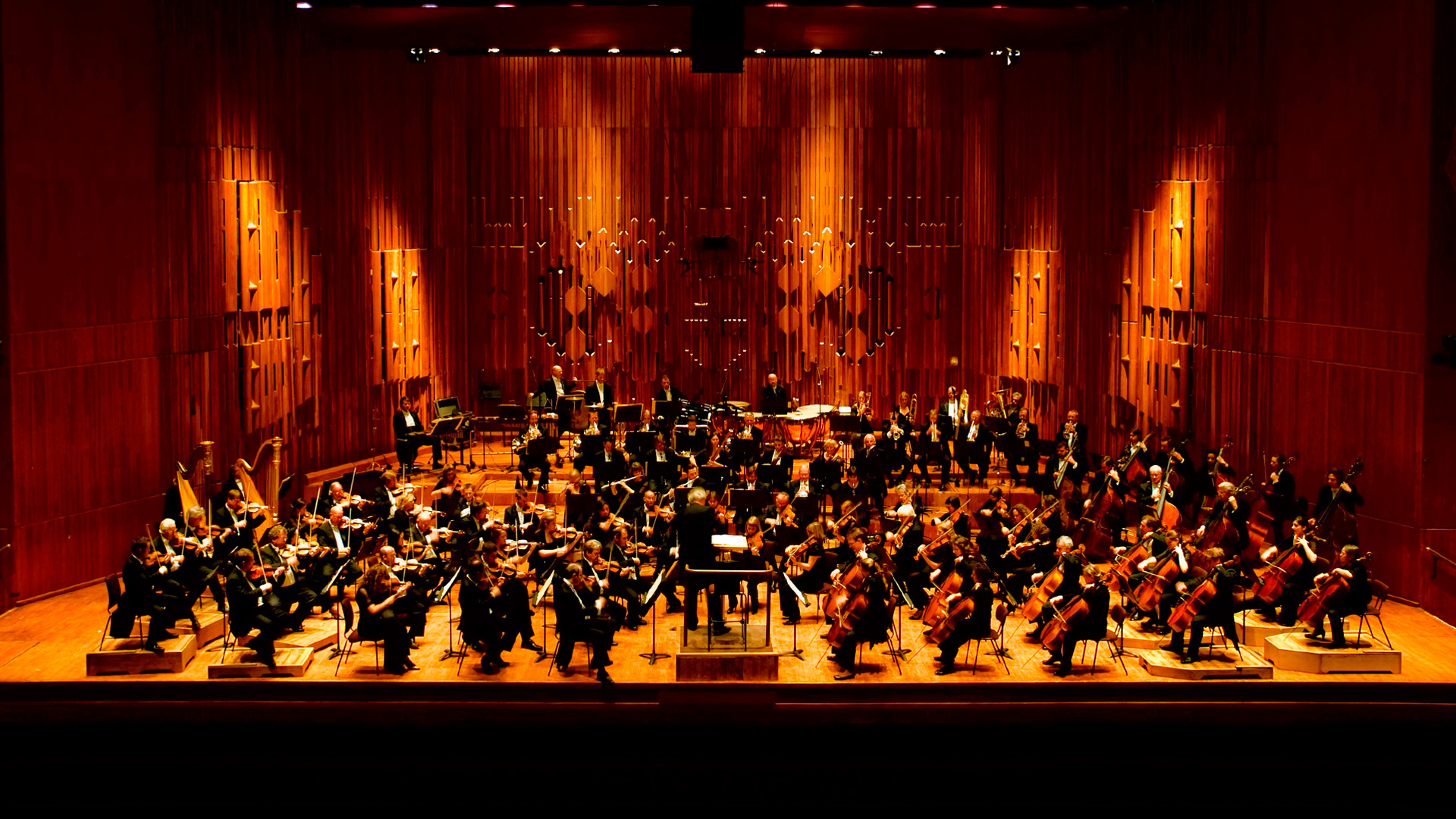
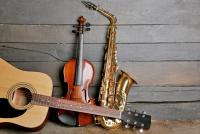


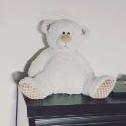
.thumb.jpg.e5f26b712b4f9622f521b10d8a53c6d6.jpg)
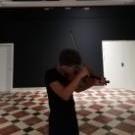
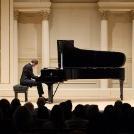
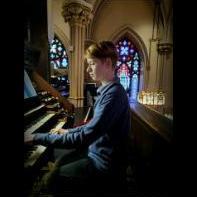


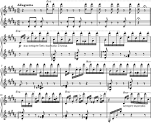
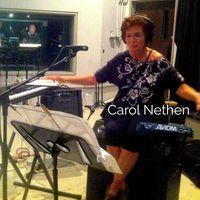
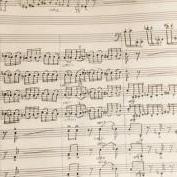

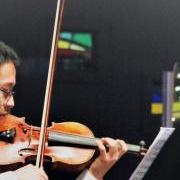
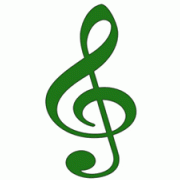
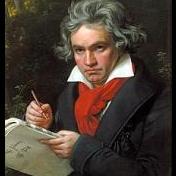

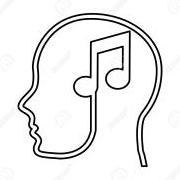



_Small-3.thumb.jpg.b0a4415d512176e6fbce5cfa1e8ad246.jpg)



